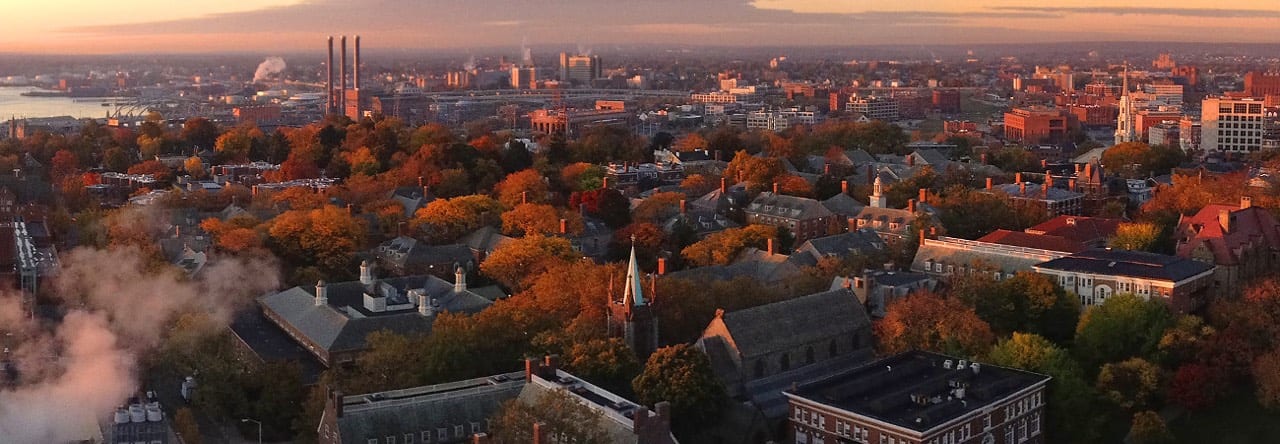This week was our last week digging. Spirits were high and the weather was warm, but everyone was sad for digging to end. Our final passes did not yield any signs of house structures, although there was plenty of evidence for life at the corner of Lloyd and Hope. Because it was the last day, everyone was especially focused at efficiently (and correctly) moving a lot of soil in order to see what was below.
Our digs thus far did not reveal any visible evidence of house structures, so rather than excavate the entire trench we dug sondages in order to go deeper. Sondages are narrow deep trenches within the larger used to evaluate site stratigraphy deeper in the trench. Our sondages were 50 cm wide and went lengthwise north to south in the trenches. The sondages didn’t reveal any new stratigraphic units in the soils. In MB 2, the soil were slightly darker with depth, but were likely part of the same context. MB #1 had a large number of large rocks concentrated in their sondage, which could be archaeologically significant and indicate either a wall or backfill. As it goes with discoveries made on the last day, we may never know.
Despite no changes in stratigraphy, we did find multiple artifacts in MB #2. These included multiple pieces of white ceramics, as well as glass, slag, and a rusty nail! A lot of the ceramic pieces were small enough to go straight through the sieve, meaning some pieces were probably missed in our excavations. We also must consider the processes that created such intensely worn ceramics. Questions like this are an essential component of archaeological analysis, and were discussed in class. In his book, Excavation, Steve Roskams states that total excavation of a site is impossible, and the best way to fully understand and study a site is through interdisciplinary archaeological study. For our site, I think soil micromorphology has a lot of potential to show us interesting changes in the soils with depth.
Daylight-savings time meant we finished under the light of a nearby streetlamp. Everyone was sad for the digging to come to an end. This was an awesome experience for learning field archaeology methods. All the wonderful members of the class (instructors especially!) made the dig a positive educational experience.
We will return to the trenches to finalize our stratigraphic sketches of the site and fill in the trenches, but next week we start in the lab and will more closely examine the artifacts we collected. What will they show? Check back soon to find out!
Sources:
Roskams, Steve. Excavation. Cambridge, U.K.: Cambridge UP, 2001. 32-33. Print.
Ned Willig ’16

































